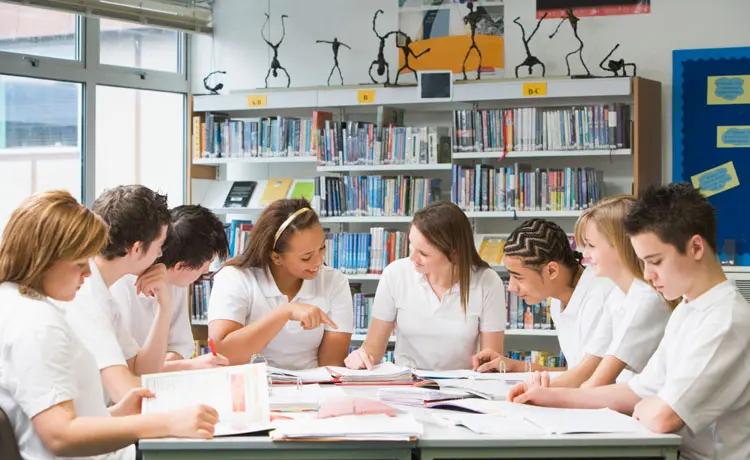In September, millions of children across the country will wave good-bye to summer as they board their bright yellow buses and head to their first day of school. And while they look forward to seeing old friends, telling stories about summer vacation and decorating their new lockers, parents, teachers and other school staff have the same concern – ensuring student safety from bullying and other threats. Unfortunately, school violence is a prevalent issue in hallways and on playgrounds, and jeopardizes the safety of students and staff. Children ages 10-17 deal with many of the same safety issues at school:
- Physical fighting
- Bullying, including cyberbullying
- Threats or injuries with a weapon
- Exposure to illegal drug
Here Are Some Facts About Bullying and Other School Violence:
According to the 2016 Indicators of School Crime and Safety report:
- In 2015, about 21% of students ages 12-18 reported being bullied at school.
- About 3% of students ages 12-18 reported that they were afraid of attack or harm at school during the school year.
- During the 2013-14 school year, 65% of public schools reported one or more violent incidents.
- 22% of students in grades 9-12 reported that illegal drugs were made available to them on school property.
What Can School Officials Do About Bullying and School Violence?
School safety officials can implement different strategies to ensure their community’s children are safe and secure during – and even after – school hours. These strategies include:
- Focusing on anti-bullying campaigns for students and training for staff.
- Enforcing zero-tolerance policies on weapons, alcohol and illegal drugs.
- Developing protocols between law enforcement and the school about how to share information on at-risk youth.
- Involving teens in creating and running programs such as mediation, mentoring, peer assistance, School Crime Watch, etc.
- Creating conflict mediation programs.
- Enforcing dress codes that ban gang-related clothing.
- Setting up school security systems and establishing an identification policy such wearing ID badges for staff, students and visitors.
- Identifying resources that provide referrals to students who are depressed or otherwise under stress, and enforcing intervention for troubled students.
How Safe Is Your School?
The following checklist from the Federal Emergency Management Agency (FEMA) can be used to assess your school’s current level of safety:
- Students have access to conflict resolution programs.
- Students are assisted in developing anger management skills.
- Prevention of harassment and bullying is emphasized school-wide.
- Bilingual and multicultural resources are available to students and staff.
- Programs are available for academically at-risk students.
- Students may ask for help without the loss of confidentiality.
- Students and parents are aware of community resources.
- A bullying-prevention program is in place.
- The school has a well-developed network of service providers to which students can be referred.
- Adequate suicide prevention support systems are in place for students.
- The school has implemented a character education program in accordance with the State code.
- Crisis prevention is an integral part of the school’s safety plan (e.g., emergency drills, partnership with law enforcement, metal detection capability, adequate adult monitoring).
Giving Students a Safe Learning Environment
All children have the right to wake up each morning feeling safe going to school. A secure school environment eliminates the looming fear of bullying or violence, and helps developing young minds focus on learning. By making safety a priority this upcoming school year, school administrators and other school safety officials are ensuring their students are growing to their fullest potential. For more information on various school safety products available to purchase for your administrators, school district and community, browse the QuickSeries® library of safety guides, including Safety at School and Bullying Prevention.
